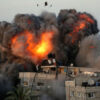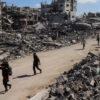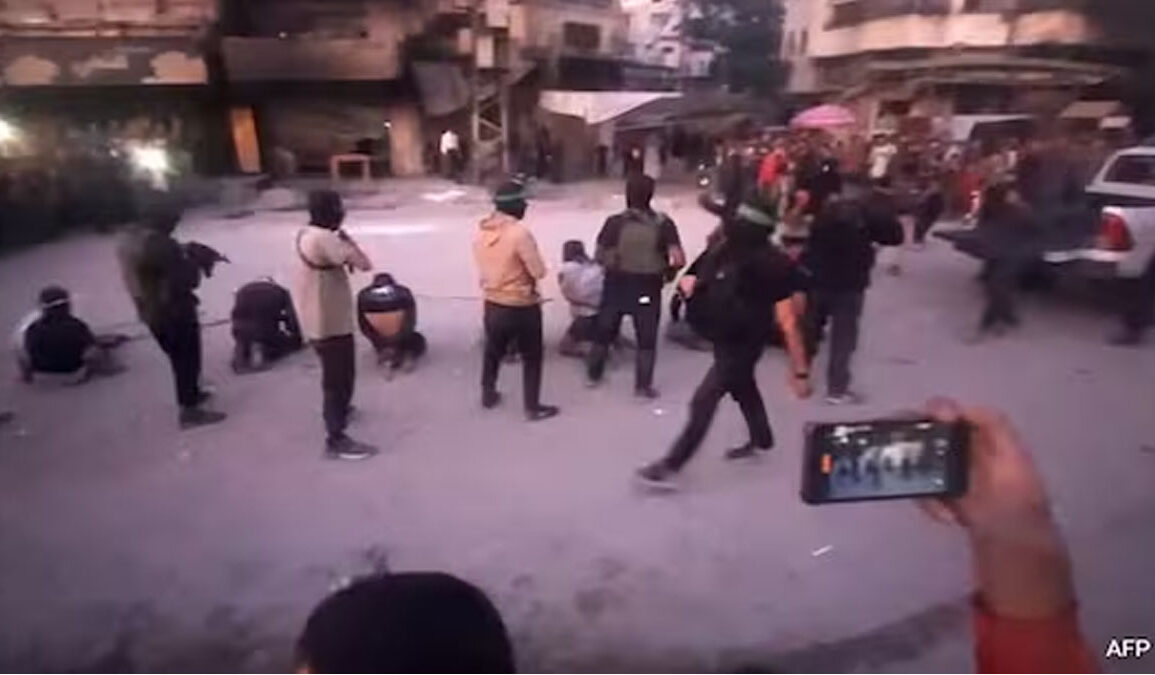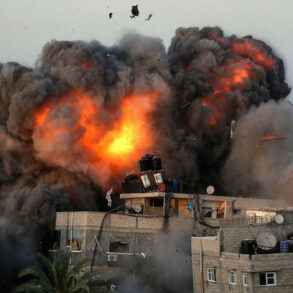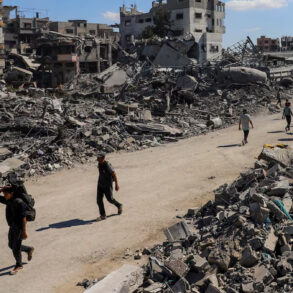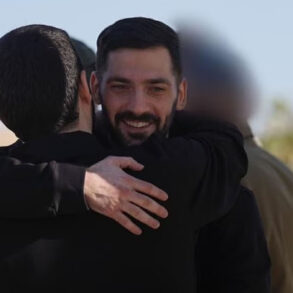A Ceasefire Followed by a Bloodbath
The guns have fallen silent between Israel and Hamas, but in Gaza’s battered streets, the killing has not stopped. Instead, a new kind of violence has taken hold—Palestinian against Palestinian—as Hamas turns its weapons on its own people. What was meant to be the dawn of peace has become a grim reminder of how power is maintained in Gaza.
Moumen Al-Natour, a lawyer and former Hamas political prisoner, spoke from hiding inside Gaza. “After the fire stopped, Hamas fighters came out of the tunnels and massacred families that opposed them,” he said. “They are sending a signal that they are back—by terrorizing people.” Al-Natour, who leads the group Palestinian Youth for Development, described how Hamas has begun hunting down anyone suspected of disloyalty, from rival clan members to ordinary citizens who dared to criticize them.
Reuters and Fox News report that at least 33 Palestinians have been executed in recent days, many of them shot in the streets or taken from their homes. Videos verified by international outlets show blindfolded men kneeling before Hamas gunmen in Gaza City’s al-Sabra neighborhood as the crowd shouts “Allahu Akbar.” The victims, Hamas claims, were criminals or collaborators with Israel. Locals say they were simply rivals.
Hamas Calls It “Exceptional Measures”
Hamas’s political bureau member Mohammed Nazzal defended the killings during an interview with Reuters. He described the executions as “exceptional measures” taken to restore order after the war and said those killed were “criminals guilty of killing.” Nazzal also refused to commit to disarming, despite this being one of the core demands in President Donald Trump’s peace deal.
When asked how long the violence would continue, Nazzal said Hamas would accept a five-year ceasefire to rebuild Gaza if it was offered what he called “horizons and hope” for eventual statehood. But the group insists it will retain its weapons to “defend the resistance.”
Hamas’s actions, however, suggest something far darker. According to Al-Natour, “The people Hamas is killing now are just like me—Palestinians who dared to speak.” He said that since the ceasefire began, Hamas has targeted clans and communities that resisted their rule during the war, including the Doghmush family in Gaza City, the Abu Shabab clan in Rafah, and the Mujaida clan in Khan Younis. Each has faced armed raids, arrests, or executions.
Joseph Braude, president of the Center for Peace Communications, said the terror group is using the chaos to settle old scores. “It’s a dark time for Hamas’s many opponents in Gaza,” he told Fox News Digital. “They’re exploiting this moment to reassert dominance through brute force. They killed a pregnant woman about 18 hours ago. It is indiscriminate killing designed simply to sow fear in ordinary people.”
Trump’s Reaction: Anger and Calculation
President Trump responded swiftly to reports of the killings, issuing a warning on Truth Social after footage emerged of public executions in Gaza City’s main square. “If Hamas continues to kill people in Gaza, which was not the deal, we will have no choice but to go in and kill them,” he wrote.
Trump’s 20-point Gaza peace plan, which ended two years of war, had required Hamas to release hostages and lay down its weapons in exchange for limited autonomy and international aid. Instead, Hamas has defied those terms while tightening its grip. “Hamas is supposed to release all hostages in stage one,” read a statement from Israeli Prime Minister Benjamin Netanyahu’s office. “Hamas are to be disarmed under this agreement. No ifs, no buts. They have not. They are running out of time.”
In a follow-up comment, Trump acknowledged that his administration had given Hamas “temporary approval” to police Gaza until a transitional authority could form. “They’ve been open about it, and we gave them approval for a period of time,” he told reporters. Later, he clarified that while some internal policing was acceptable, “taking out gangs” did not mean mass executions. U.S. Central Command issued its own statement warning Hamas to stop firing on civilians.
Clans Under Fire
Gaza’s once-powerful clans, some of which had received quiet support from Israel, have become the main targets of Hamas’s revenge campaign. The Doghmush clan, long a thorn in Hamas’s side, saw multiple members executed after street battles erupted in Gaza City. Nizar Doghmush, a family leader, told The New York Times that the dead included relatives accused by Hamas of being collaborators. “They came into our neighborhood after dark,” he said. “They checked IDs and dragged people away. Some never came back.”
In Rafah, the Abu Shabab clan—alleged by Hamas to have received weapons from Israel—has also come under attack. Israeli officials previously confirmed they had armed clans like Abu Shabab’s to counter Hamas’s rule, but now those same groups are being hunted down. “This adventure was only ever going to end one way,” said Michael Milshtein, a former Israeli intelligence officer. “We armed and supported these militias, and now Hamas is coming for its revenge.”
Hamas officials have warned that they will pursue any “criminal gangs” that threaten “civil peace.” They offered amnesty to anyone not directly involved in killings but vowed that those who refused to surrender “would face consequences.” The group’s Interior Ministry described its campaign as essential to “maintaining public safety and property,” even as dozens of bodies arrive daily at Gaza hospitals.
The Fragile Peace
Trump’s peace framework envisioned a demilitarized Gaza run by local Palestinians under international supervision. Reconstruction was supposed to begin in the areas behind the Israeli “yellow line,” where anti-Hamas groups could form self-governing enclaves. But that vision is now unraveling amid the bloodshed.
Braude explained that Gaza has become “bifurcated,” with Israeli-backed zones attempting to rebuild while Hamas enforces control elsewhere. “Gazans opposed to Hamas can help form enclaves of self-rule that evolve into a transitional authority,” he said. “But they can’t do that while Hamas is killing them.”
In Gaza City, witnesses describe scenes of terror. One man told reporters that “gangs are in the streets,” while another pleaded, “No one knows who will rule or what will happen next. We just want to live without bloodshed.”
Hamas’s violence appears to have paralyzed any hope of a unified Palestinian front. Palestinian analyst Reham Owda said the killings are designed “to deter groups that collaborated with Israel and to prove Hamas’s security officers should remain part of any future government.” But Israel has already rejected that idea.
Revenge Masquerading as Order
The ceasefire that was supposed to end the war has instead exposed the depth of Gaza’s divisions. Hamas’s campaign of executions is being framed as law enforcement, but in practice, it is revenge—revenge against those who challenged their rule and those who might still do so.
As Gaza’s streets run with blood, the so-called peace looks increasingly fragile. “We can build a governing body in these zones,” said Al-Natour, referring to Trump’s framework. “But those of us who speak out are hunted.”
For now, the ceasefire exists only in name. The airstrikes have stopped, but the terror continues. What began as a truce between nations is rapidly turning into a war within Gaza itself—a struggle not for freedom, but for absolute power.

